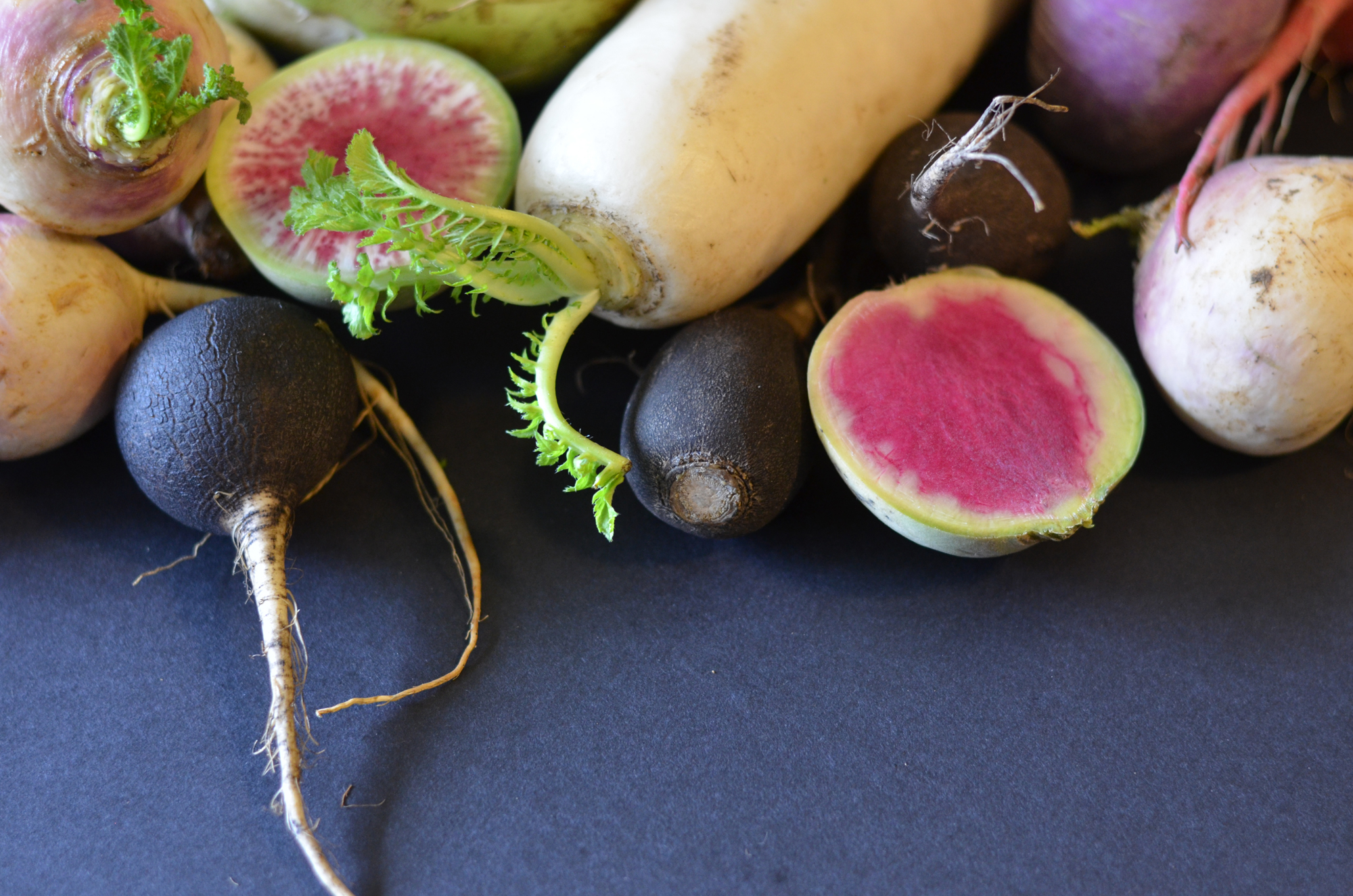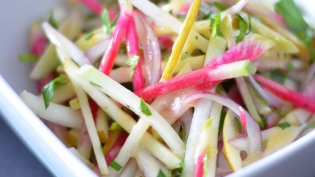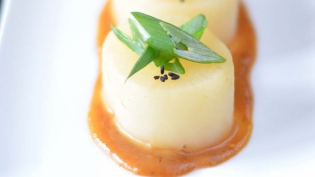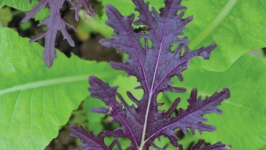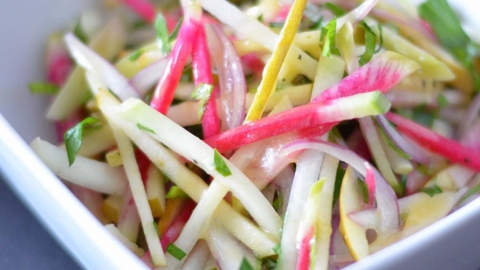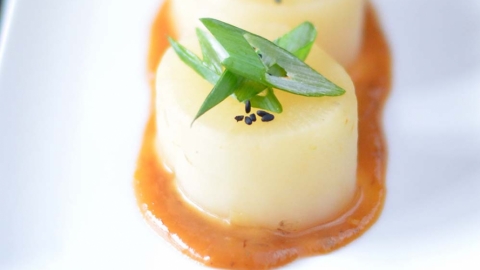Winter's Bounty - Brassicas
Winter conditions in eastern Ontario tend to limit our year-round access to local fruits and vegetables. But many farmers with an eye to season extension have populated our farmers’ markets and local grocers with brassica roots of all sorts during winter months. So, put down that potato peeler and open your culinary world to the bounty of brassica. Whether you’re eating them raw or cooked, brassicas offer the locally inclined a unique selection of vegetables that are nutritionally dense and diverse in colour, flavour, texture and taste.
Brassi-what?
A member of the mustard family, the genus brassica grows in three main forms: leafing, heading and rooting. While leafing varieties of brassica, such as arugula, kale and collard greens, can spend only a limited amount of time in our refrigerators before spoiling, several types of heading and rooting brassicas are easy to store for extended periods of time and include varieties of cabbages, kohlrabies, radishes, turnips, rutabagas and Brussels sprouts (though, Brussels sprouts do not keep as well their "rooted" relatives). Not only do most heading and rooting brassica store well, their arrival in abundance at local farmers’ markets by mid-September lines up fittingly with the end of major summer leafing crops — among other summer treasures that are winding down.
According to Jeff Klug, owner of Roots Down Organic Farm in Gananoque, and a self-described “kohlrabi king,” the storing capacity of brassica roots grants a huge opportunity for farmers to provide shoppers with access to local produce year-round. “With the growing number of local CSAs and farmers’ markets running through the winter,” claims Klug, “we are able to offer customers something really interesting to put on their tables and in their lunches.”
The brassica family as a whole is multifarious, but one thing remains constant: these vegetables are packed with health benefits. And as the winter flu season sets in, incorporating brassica roots into your diet could not be timed out any better. High in fibre-and rich in vitamins A, C and K, brassicas are also loaded with a range of minerals from zinc to potassium, as well as anti-oxidant polyphenols. And, in recent years, several scientific studies have highlighted another significant property: glucosinolates. These anti-cancer compounds have been linked to eliminating and neutralizing carcinogens in our bodies and can be found in vegetables throughout the genus.
What to do, what to do...
Beyond the paramount nutritional advantages of eating brassicas, there is also something to be said about the tremendous creative potential one genus of vegetables can provide for all levels of culinary prowess. Radishes and turnips are usually eaten raw on their own or in salads and sandwiches, but can also add zip and crunch to any stir-fry creation. Rutabagas can be sliced or mashed, and used in place of potatoes (or sweet potatoes) in almost any recipe, while kohlrabi can be prepared as a raw salad or puréed into a subtle winter soup. Salads are not just for summer — all brassica can be grated or diced and added to leaf or grain-based salads, which only serves to help the absorption of essential nutrients.
So put away your peeler and kiss your carrots goodbye (at least for one day), and say hello to your new friend, kohlrabi — who happens to have more vitamin C per serving than an orange (or most fruit, for that matter).
Klug suggests brassica heads and roots be stored in as cool a temperature as possible without freezing — somewhere between 1 and 4 C — and in a moist or humid environment (plastic bags or containers are good for trapping moisture).
Quick Guide: Brassicas
Kohlrabi Commonly found in German cuisine, this crisp and juicy brassica is actually the stem of the plant, which boasts a sweet flavour similar to broccoli.
Rutabaga A cross between turnip and cabbage, these hearty roots are believed to have originated in Sweden and have a texture and flavour similar to cooked squash.
Watermelon Radish While only similar to a watermelon in appearance, these tender radishes are mild and slightly peppery. A gorgeous addition to fresh salads, these radishes are best enjoyed raw.
Black Radish These earthy, spicy, and rather bitter radishes are by far the trickiest brassica to fall in love with. Delicious in condiments, one favourite in Jewish cuisine is ritach mit schmaltz: rendered chicken or goose fat with black radish and onion.
Purple-top Turnip Moist and versatile, these turnips are the potato of the brassica family. They go well with just about everything and have a tasty, cabbage-like flavour that doesn't overpower.
Daikon Radish Japanese for “large root,” daikons are generally mild and sweet with a high water content. These crunchy radishes are good for digestion and can be used as a core ingredient or as a garnish


